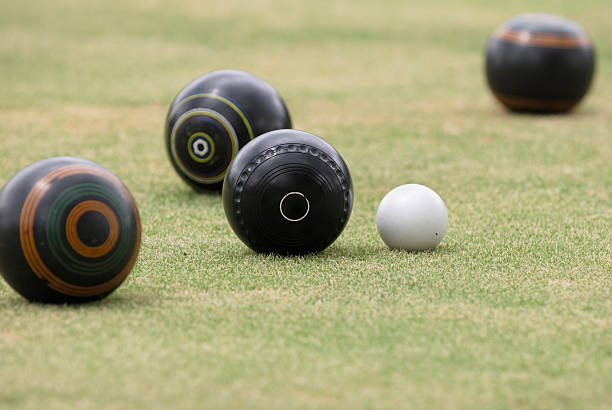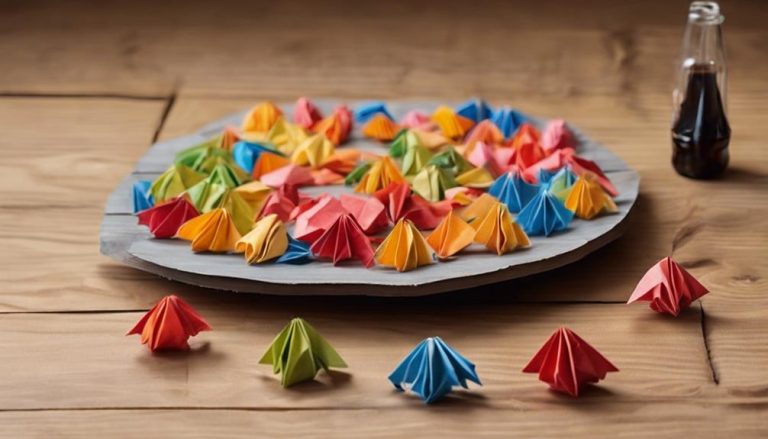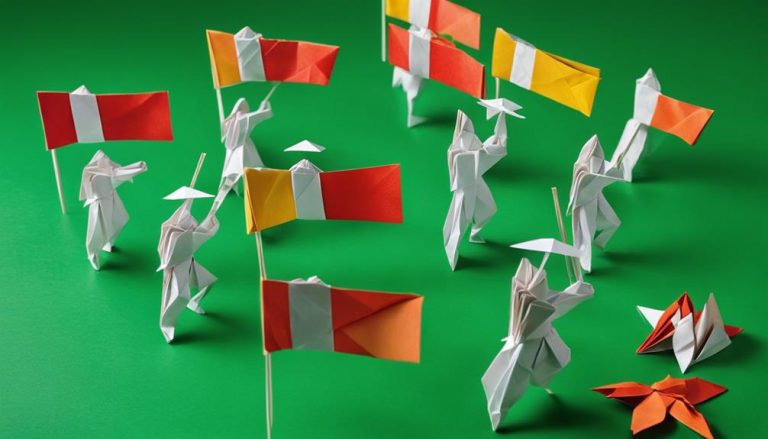General Rules of Pocket Billiards
Ever wondered how players maintain their composure amidst the precise calculations and strategic maneuvers of pocket billiards? With a myriad of rules governing each shot, it's important to grasp the fundamentals before diving into the competitive world of this beloved sport. From the initial setup to traversing through potential fouls and penalties, each aspect requires meticulous attention. Understanding these regulations not only guarantees fair play but also sharpens your skills for the ultimate test of finesse and precision on the green felt.
Setting Up the Table
When setting up the table for a game of pocket billiards, make sure the triangle rack is centered at the foot spot. This guarantees a fair and balanced starting point for the game. The cue ball should be placed behind the headstring, guaranteeing a proper setup for the break shot. Proper cue placement is critical for a successful break, as it sets the tone for the entire game.
The arrangement of the triangle is essential, as it determines the initial layout of the game. Make certain that the balls are placed randomly within the triangle, with the 1-ball positioned at the front apex. This random arrangement adds an element of unpredictability and challenge to the game.
To enhance gameplay, the cloth's smoothness is crucial. A clean and smooth cloth provides consistent ball movement and reduces the chances of balls bouncing or veering off course unexpectedly. Regular maintenance and cleaning of the cloth are necessary to uphold its quality.
Understanding Ball and Pocket Assignments
To grasp the strategic intricacies of pocket billiards, understanding the ball and pocket assignments is crucial. Pocket strategy plays an important role in determining the sequence in which you aim to sink the balls. By strategically positioning the cue ball after each shot, you can set yourself up for success in pocketing subsequent balls. Ball placement is key; consider not only sinking your target ball but also leaving the cue ball in a favorable position for the next shot. This requires a keen sense of cue ball control and angle calculation.
When planning your shots, think about the layout of the table and how the balls are positioned relative to the pockets. Assess the angles carefully to predict the path the cue ball will take after striking the object ball. This foresight will aid you in planning your next move and setting up for the following shots. By mastering cue ball control and angle calculation, you can enhance your gameplay significantly.
Learning Shot Order and Turns
Understanding the best shot order and turn rotation is important for mastering the strategic aspect of pocket billiards. Shot strategy plays a crucial role in determining the sequence in which you should aim to pocket the balls on the table. When approaching a game, take into account not only the current shot but also the subsequent shots that will follow. This foresight allows you to plan your moves strategically, setting yourself up for success in the game.
Turn rotation is another key element to think about when playing pocket billiards. It refers to the order in which players take their turns to shoot. Typically, players take turns shooting based on the outcome of the previous player's shot. Understanding turn rotation ensures fair gameplay and gives each player the opportunity to showcase their skills.
To excel in pocket billiards, it is important to analyze the table carefully, evaluating the position of the balls and planning your shots accordingly. By developing a strong shot strategy and being mindful of turn rotation, you can enhance your gameplay and increase your chances of winning. Remember, practice makes perfect, so take the time to hone your skills and familiarize yourself with different strategies to become a formidable player in the world of pocket billiards.
Recognizing Fouls and Penalties
Recognizing fouls and penalties is important in pocket billiards as they impact gameplay greatly. By identifying common fouls, players can avoid penalties and guarantee fair play. Common fouls in pocket billiards include touching the cue ball with anything other than the cue tip, sinking the cue ball, failing to hit any ball, and not hitting the lowest numbered ball first in a legal shot. These violations can result in consequences such as the opponent getting ball in hand, which allows them to place the cue ball anywhere on the table for their next shot.
To avoid penalties, it is essential to familiarize yourself with the rules and practice good sportsmanship. Recognizing violations promptly and owning up to your mistakes can prevent unnecessary disputes during a game. It is vital to understand that unintentional fouls still count, so being mindful of your movements and decisions is key to maintaining a fair and enjoyable gameplay experience for all participants.
Mastering End-Game Strategies
Mastering end-game strategies requires strategic planning and precise execution to secure victory in pocket billiards. In the final stages of a game, every shot counts, and understanding position play and defensive tactics is essential to outmaneuver your opponent. Additionally, mastering the mental game is vital in handling pressure situations effectively.
To excel in end-game scenarios, players must focus on not only potting balls but also controlling the cue ball's placement for the next shot. This is where position play comes into play – planning ahead by evaluating potential angles and positioning the cue ball strategically to set up the subsequent shot. Additionally, employing defensive tactics can force your opponent into making mistakes, giving you the upper hand in critical moments.
In pressure situations, such as when the score is tied, staying composed and making calculated decisions is paramount. The mental game aspect involves staying focused, managing nerves, and visualizing your shots with confidence. By staying cool under pressure, you can capitalize on your opponent's mistakes and turn the game in your favor.
Below is a table highlighting key aspects of mastering end-game strategies:
| End-Game Strategies | Description |
|---|---|
| Position Play | Plan ahead for best cue ball positioning. |
| Defensive Tactics | Force opponent errors by playing strategically. |
| Mental Game | Stay focused and composed in pressure situations. |
Frequently Asked Questions
What Are Some Common Strategies for Breaking in a Game of Pocket Billiards?
When breaking in pocket billiards, focus on power break for maximum impact. Consider defensive play to protect your advantage. Master cue control and strategic shot selection for precise execution. These tactics can enhance your game.
Are There Any Specific Etiquette Rules Players Should Follow During a Game of Pocket Billiards?
When playing pocket billiards, remember to prioritize proper sportsmanship and table etiquette. Treat opponents with respect, refrain from distracting behaviors, and always wait your turn. These simple gestures contribute to a positive gaming environment.
How Can Players Improve Their Ability to Estimate Angles and Plan Shots in Advance?
Improving your game involves mastering angle visualization and shot planning. Precision practice hones your skills, while cue control enhances accuracy. Remember, the more you train your mind and body, the better your performance will be on the billiards table.
What Are Some Tips for Maintaining Focus and Concentration Throughout a Game of Pocket Billiards?
To maintain focus and concentration in pocket billiards, you can practice mindfulness techniques and breathing exercises. Mental toughness is key. Visualize your shots before taking them. Stay present and calm throughout the game to enhance performance.
Are There Any Recommended Drills or Exercises for Improving Overall Skill and Technique in Pocket Billiards?
To level up in pocket billiards, immerse yourself in practice routines like a determined artist refining their craft. Engage in skill-building exercises to elevate your game. Embrace mental preparation and visualization techniques for peak performance.






